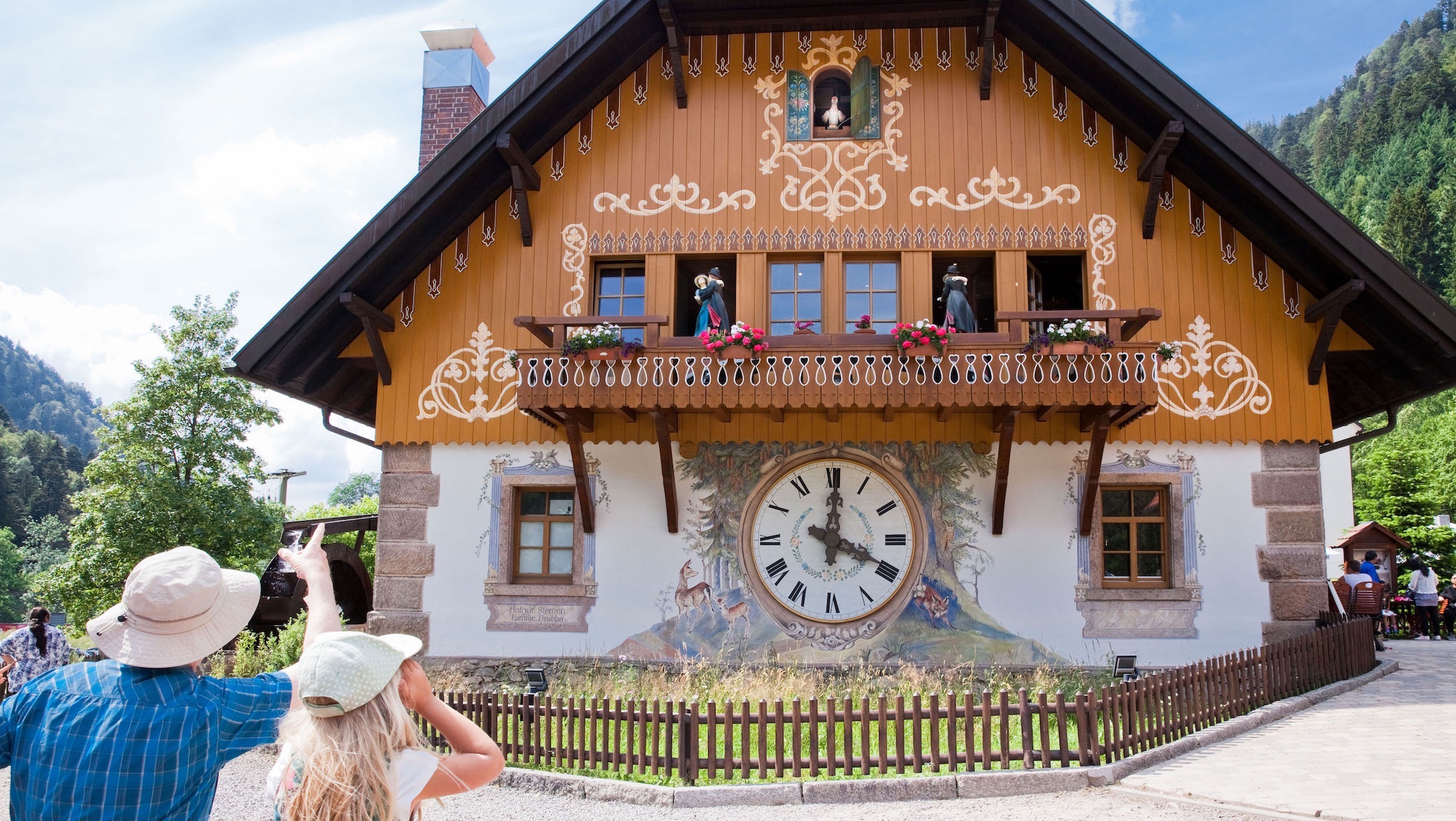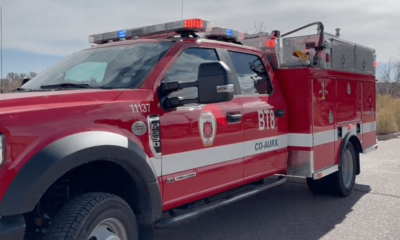Technology
This 500-year-old hotel in Germany’s Black Forest is an energy self-sufficient wonder

Nothing about the classic Bavarian structure, the rainbow-colored flower boxes, the giant cuckoo clock or the towering stone viaduct suggests that the historic is more than a traditional space. Located in the Breitnau region of the upper Black Forest, the complex is not just a standard hotel for visitors who want to explore the history and natural beauty of the region. Hofgut Sternen is a miracle of energy self-sufficiency.
Hidden behind a handful of doors in the bowels of one of the seven buildings on the site lies the beating heart of the hotel and a masterpiece of sustainable engineering. Pipes and exhaust ducts snake along walls and through ceilings, power stations and digital readouts hum, and the complex system, powered by water and heat, provides 100 percent of the property’s power without drawing a single kilowatt from the local grid.
But energy self-sufficiency is nothing new for the historic, 500-year-old hotel (Marie Antoinette once posted a few nights there). Rather, the complex originally relied on about twenty watermills along the gorge rivers to power its operations, which included saws, rope mills and spoon forges (the area was once known as Löffeltal or ‘Spoon Valley’ because of the ladle production that took place there) .
It was that history that inspired the Drubba family, currently in its second generation, to look to water for power again. “Hydropower has always been used as an energy source [on the property]– and that is what we wanted to do,” says Stefan Hilgers, Managing Director of Hofgut Sternen.
A goal that the team achieved thanks to an extensive and high-tech interconnected system designed in 2010 that powers and heats the entire property, including 107 guest rooms, the glass-blowing studio and the largest cuckoo clock in the region.
What lies underneath
Of course, none of this is apparent as visitors wander the property, marvel at artists hard at work in the glassblowing studio, traverse the aisles of hand-carved cuckoo clocks, or stroll up and down the green and shady Ravenna Gorge. Rather, it isn’t until you sign up for an on-site tour of the power plant that you are led into an area that resembles an employee-only area, the kind of place where you might expect to see employees coming and going in jumpsuits. , that you realize what power lies beneath the surface.
But once the doors are open, all kinds of scientific wonder weave their way through the rooms and narrow corridors, a carefully curated jumble of pipes and power stations. To the untrained eye, at least, it’s a mixed bag. For Thomas Drubba, hotel owner and occasional tour guide, it’s a perfectly orchestrated balance between give and take, power and pause. It is here that all the wonder of sustainable energy science takes place.
Water and heat become energy
It all starts with water. But nowadays no longer with the flowing rivers Revenna or Höllenbach.
The estate technically still has the right to use the rivers that flow through the gorge, but conservation efforts no longer allow this. Therefore, an alternative solution was presented during the design process: the nearby Hinterzarten wastewater treatment plant, which is located higher on the hill.
It is a beautiful circular system: Hofgut Sternen pumps their waste water to the sewage treatment plant, is purified and then flows back down via gravity. At this point the water temperature is about 12 degrees Celsius (about 54 degrees Fahrenheit). It passes through a kind of heat pump, which siphons six degrees of heat to provide 42 kW of electricity or heat for the hotel, and at the same time cools the water by six degrees so that it can be returned to the environment at a suitable temperature for plants and plants. wild animals.
The process fills two 7,000 liter heat storage tanks, which provide energy and heat for the entire property. Each building also has a smaller hot water boiler pump, powered by the large central unit.
In winter, a wood chip plant, fueled by the remnants of the logging industry, fills in the gaps. It burns at a low temperature, the steam it produces is filtered and that steam is captured and used to produce energy.
Then there’s a spring water collection system that uses the cool water flowing from the surrounding hills to pre-cool things like drinks and air-condition two on-site studios. It works similarly to a refrigerator: cold spring water is passed through the louvers and the air forced through cools the room to a comfortable 68 degrees Fahrenheit (20 degrees Celsius).
Even the building itself, including the glass blowing workshop, is connected to the electricity grid. “The exhaust air is collected and led through the buildings (restaurant, kitchen, shop, offices) and supplies us with 54 kW of electricity (or heat) – more than our hydroelectric power station,” says Hilgers. That warm air, once the energy it provides has been captured, is cooled by the heat pump system and returned to the ambient cooler, another responsible process.
As for other activities, all clean water for the bathrooms and kitchen comes from a nearby spring. It is heated with the same water used to heat the rooms, instead of traditional water heaters. “It is very energy-saving,” says Hilgers. Once that water goes down the drain, it is pumped back to the treatment plant and the whole process starts again.
What goes around, comes around
It may sound like a complicated and complicated series of actions, but owner Drubba explains it all with a twinkle in his eye: it is a whole system of mixed processes that make sense. Every step has been carefully executed for maximum efficiency, to not only provide a sustainable place to rest and explore, but also to protect the surrounding Black Forest and successfully return to its renewable roots.











